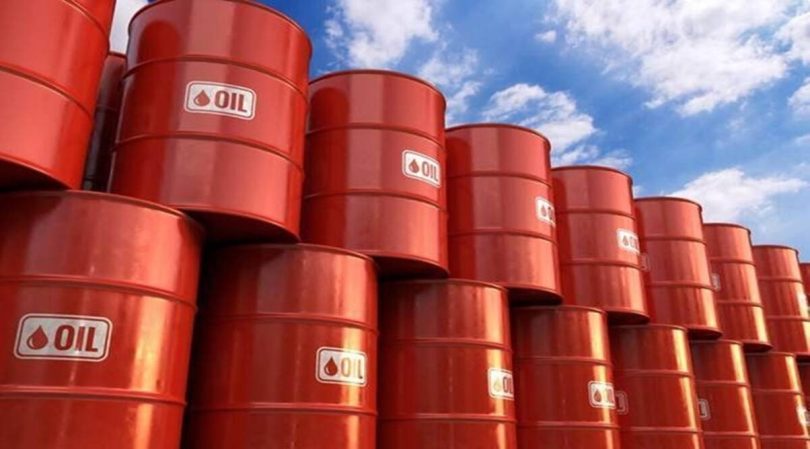[ad_1]
India’s import dependence for oil has increased by 10 percentage points (pps) since 2015 to the current level of 87%, in sharp contrast to the goal set by the prime minister to reduce it by the same quantum during the period. And with declining domestic production and a spurt in consumption post the pandemic, the inexorable forex outflows for energy will likely continue unabated at least in the short to medium term.
In March 2015, Prime Minister Narendra Modi exhorted all stakeholders to increase the domestic production of oil and gas to reduce import dependence from 77% then to 67% by 2022, and further down to 50% by 2030. However, according to official data from the Petroleum Planning and Analysis Cell (PPAC), the reliance on imports has only seen a steady rise since then. In FY22, import dependence was 85.6%, in April-June this year it was 86.5%, and in June alone, 87% (see chart).
With the rise in crude oil prices and also in the volume of imports, the import bill shot up from $62.2 billion in FY21 to $120.4 billion in FY22. In Q1FY23, India imported crude oil worth $47.5 billion, exposing the country’s increased vulnerability on this front.
Domestic production of crude oil, including condensate, has declined in recent years, with both state-run producers ONGC and OIL, and private-sector players, failing to boost output. Total domestic output was 30.5 million metric tonne (mt) in FY21 and 29.7 mt in FY22. There was a marginal year-on-year increase in production in Q1FY23, with output of 7.5 mt as against 7.4 mt in the year-ago quarter.
Of the 7.4 mt of crude oil produced in the first quarter of the current fiscal, 5 mt was by ONGC, 0.8 mt by Oil India and the remaining by private sector players and joint ventures.
Meanwhile, consumption of petroleum products has gone up from 194.3 mt in FY21 to 204.2 mt in FY22. During the April-June period of the current fiscal, consumption of petroleum products stood at 55.1 mt.
According to the International Energy Agency, India’s oil demand has grown from 3.31 million barrels per day (mbpd) in 2010 to 5.15 mbpd in 2019 and dropped to 4.76 mbpd in 2021 due to two years of pandemic. However, with the size of India’s GDP projected to grow to $8 trillion by 2040, the demand for oil is expected to rise to 8.7 mbpd by 2040. Some moderation in demand is expected because of the shift to electric vehicles and the policy support to the sector, as part of the country’s de-carbonisation policy.
The government unveiled several policies over the last 50 years to increase domestic crude oil and natural gas production. It replaced the old regime where the state sector enjoyed privileges in award of fields with the production-sharing contract (PSC) regime under New Exploration Licensing Policy (NELP) in 1999. The so-called discovered small field (DSF) policy, and the hydrocarbon exploration and licensing policy (HELP) followed in subsequent years. The HELP, launched in 2016, included uniform licences, open acreage and an easy-to-administer revenue-sharing model.

Under the HELP scheme, the Open Acreage Licensing Policy (OALP) provided for relatively lower royalty rates, marketing and pricing freedom, and freedom to investors to carve out blocks of their interest. However, of 127 oil and gas blocks awarded since 2018 under the OALP, none has reached the production stage. Around two years were lost in the pandemic, while foreign participation has dried up, with the levies on production revenues from the fields being still very high.
Analysts believe that the lack of growth in domestic crude production in the last decade was because licensing remained in limbo for 7-8 years. No new blocks were awarded between 2010 and 2018. Although several blocks have been awarded under the OALP and the DSF policy, major foreign players showed little interest.
[ad_2]
Source link








